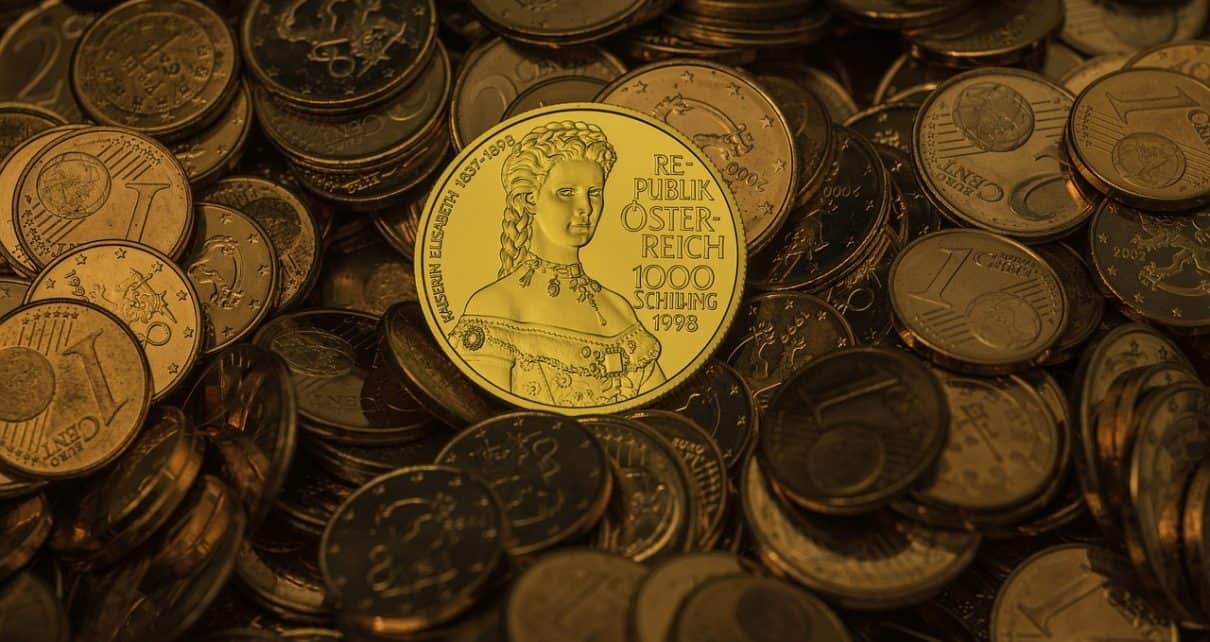Gold has long been a symbol of wealth, power, and prestige, transcending cultures and time periods. Its unique appeal as an asset has been unwavering for centuries, making it one of the most sought-after forms of investment.
But what is it about gold that elevates it to the status of a reliable store of value? Let’s explore the key factors that contribute to gold’s enduring attraction and why it continues to be a go-to asset for preserving wealth.
Historical Significance of Gold
Historically, gold has served as a medium of exchange, a form of currency, and a means to showcase wealth. Ancient civilizations, from the Egyptians to the Romans, prized gold for its rarity and beauty.
This historical backdrop contributes to the perception of gold as a stable asset. Unlike fiat currencies, which can be manipulated by governments, gold’s intrinsic value has remained relatively constant throughout history.
The durability of gold also plays a significant role. Unlike other materials that may decay or lose value over time, gold withstands the test of time, making it an attractive choice for those looking to preserve their wealth.
Scarcity and Supply Dynamics
Gold is a finite resource, and this scarcity enhances its value. The mining process is labor-intensive and costly, which restricts the amount of gold that can be pulled from the earth.
As new technologies emerge, the extraction of gold may become more efficient, but the fundamental supply remains limited.
This dynamic creates a natural balance between supply and demand. When demand rises, the price of gold tends to increase, reinforcing its role as a store of value. People often turn to gold in times of economic uncertainty, driving its value up further.
Inflation Hedge
Inflation erodes the purchasing power of traditional currencies. When the cost of living rises, the value of money decreases.
Gold, on the flip side, often maintains or even increases its value during inflationary periods. Investors frequently flock to gold when they anticipate inflation, viewing it as a safe haven.
This behavior creates a self-fulfilling prophecy, reinforcing gold’s status as a hedge against inflation. The more people believe in its power to preserve wealth, the more they invest in it, driving up demand and price.
If you’re looking to protect your portfolio against inflation, buying through Money Metals Exchange could be an easy and reliable option.
Global Acceptance
Gold enjoys universal acceptance, transcending borders and cultures. This global appeal means that it can be traded in virtually any country, making it highly liquid.
In times of crisis or geopolitical tension, people often turn to gold as a reliable asset that holds value regardless of local economic conditions.
This liquidity is a significant factor in why investors feel secure placing their wealth in gold. Unlike real estate or other assets that may take time to sell, gold can be quickly converted into cash or other currencies, adding to its attractiveness as a store of value.
Portfolio Diversification
For investors, gold serves as a powerful tool for diversification. It often behaves differently from stocks and bonds, providing a hedge against market volatility. When equities dip, gold prices often rise, creating a balancing effect within an investment portfolio.
This characteristic makes gold a safe bet during turbulent times. By including gold in their portfolios, investors can mitigate risks associated with other asset classes.
This strategic diversification is one reason why wealth managers recommend gold as a component of long-term investment strategies.
Psychological Factors

The perception of gold as a store of value is also deeply rooted in psychology. People have a natural tendency to associate shiny, precious objects with wealth and stability. This psychological affinity for gold fuels its demand.
Cultural narratives surrounding gold further entrench this perception. From wedding rings to Olympic medals, gold plays a role in significant life events and milestones. These cultural connections amplify its allure, ensuring that gold remains a sought-after asset.
Historical Performance
Looking at historical trends, gold has consistently shown its ability to retain value over the long term.
During periods of financial crisis, such as the 2008 recession or the economic impacts of the COVID-19 pandemic, gold prices often surged. This historical performance reinforces the belief that gold is a safe haven during challenging times.
Many investors look at gold not just for its current value but for its potential to weather economic storms. This historical resilience makes it a reliable choice for long-term wealth preservation.
Tangibility
Unlike stocks or bonds, gold is a physical asset that one can hold in hand. This tangibility offers a sense of security that many investors crave. In times of uncertainty or financial instability, the ability to possess a physical asset can be comforting.
The tactile nature of gold contrasts sharply with digital currencies or virtual assets, which can feel abstract. This physicality enhances the perception of value, making gold an appealing option for those wary of less tangible investments.
Central Bank Reserves
Many central banks around the world hold significant amounts of gold in their reserves. This practice underscores gold’s status as a reliable asset. When central banks choose to invest in gold, it sends a clear signal to the market about its value.
Central banks may turn to gold to stabilize their national currencies, especially during times of economic distress. This institutional backing helps to reinforce the notion of gold as a robust store of value, enhancing its credibility among investors.
Cultural and Symbolic Value
Gold is not just a financial asset; it is also steeped in cultural and symbolic significance. In many cultures, gold represents wealth, power, and success. Whether it’s in jewelry, art, or religious artifacts, gold is often associated with high value.
These cultural ties enhance its desirability, making it more than just a commodity. The symbolic nature of gold adds layers to its value, attracting individuals who wish to express wealth or status.
Alternatives to Gold
Despite its strengths, gold is not without alternatives. Other assets, such as cryptocurrencies or real estate, vie for attention as stores of value.
However, the volatility associated with these alternatives may deter some investors. Cryptocurrencies, in particular, have seen dramatic fluctuations, leading many to question their reliability.
Gold, on the other hand, remains relatively stable. While it can experience fluctuations in price, these are often less dramatic than those seen in other asset classes. For those looking for a steady, reliable way to preserve wealth, gold continues to be a go-to option.
Market Sentiment and Speculation
Market sentiment plays a significant role in gold’s value. When investors are optimistic about the economy, gold prices may dip, as people prefer riskier investments. Conversely, during times of uncertainty, sentiment shifts towards gold as a safe harbor.
This dance between sentiment and speculation creates a dynamic market for gold. Investors often keep a close eye on economic indicators, geopolitical events, and market trends to gauge how these factors may affect gold prices. Understanding this relationship can provide valuable insights into the investment landscape.





